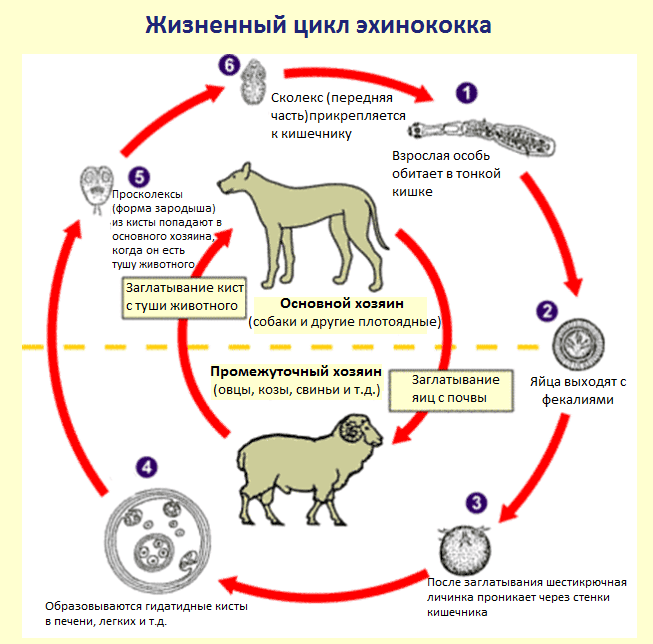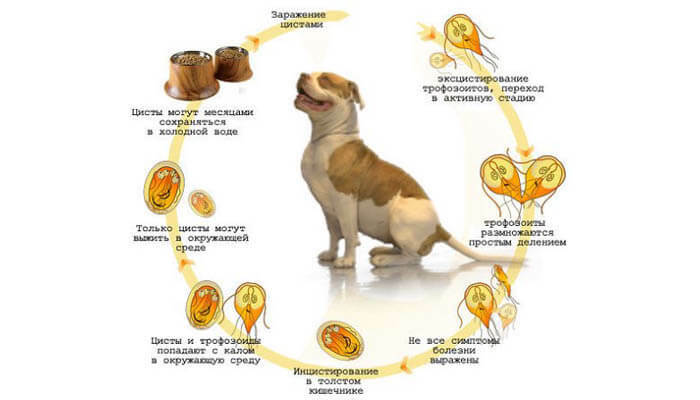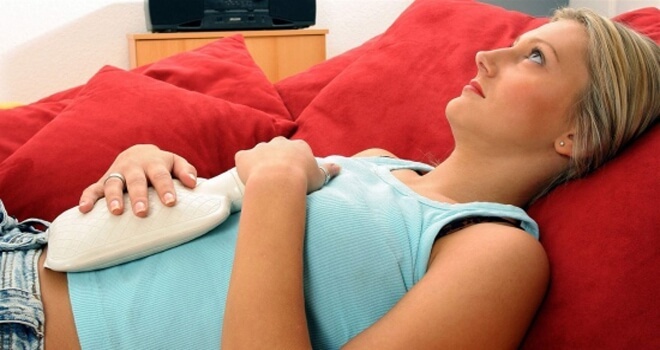Pediculosis: signs, ways of infection, methods of treatment and prevention
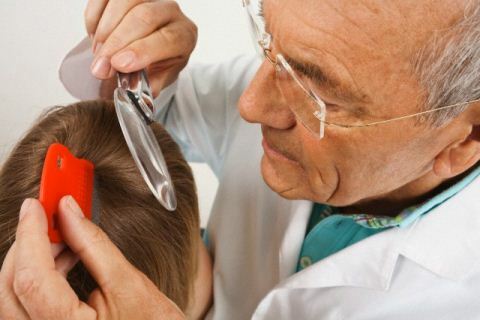
Pediculosis or lice is a parasitic skin disease that causes a small insect - a human louse.It can develop its activities both directly on the skin of a person, and on his clothes.A distinctive feature - an insect parasitizes exclusively on mammals.It feeds on the blood of a person, and glues its eggs to the hair.
The disease is characterized by a clear symptomatology - persistent itching at bites, the presence of not only parasites, but also their eggs( nits).Efficacy in the treatment of lice can be achieved only with the use of special means, as well as in accordance with all prescriptions of the doctor.
Table of contents: Causes of infection by pediculosis Types of pediculosisCauses of infestation with pediculosis
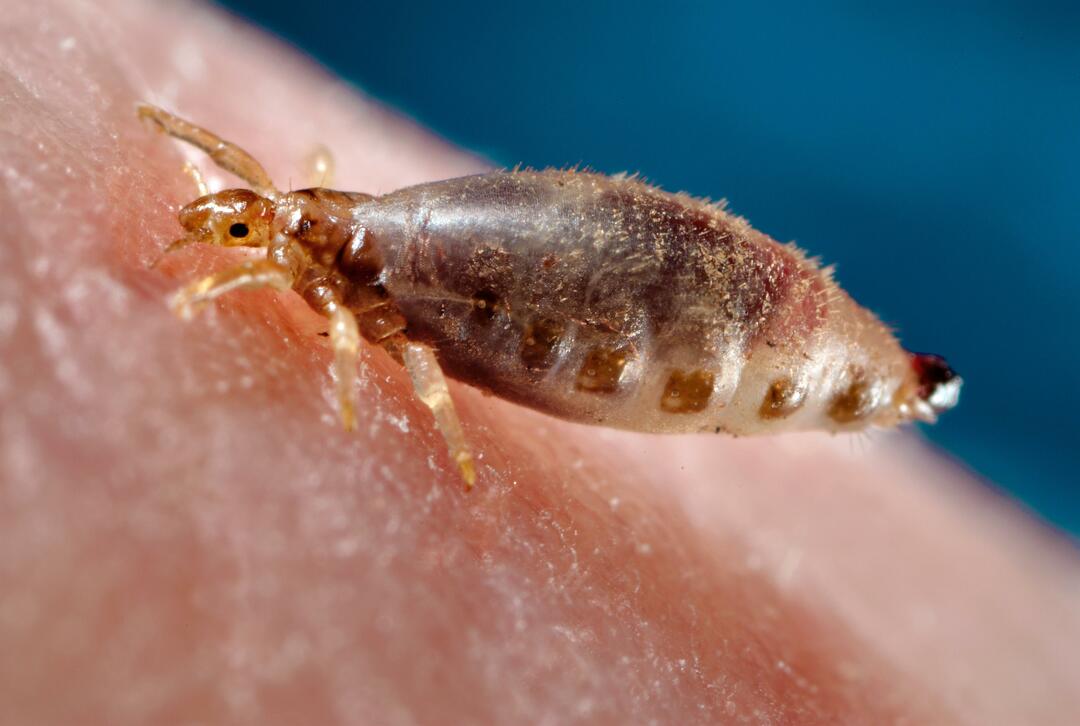 Infection with parasites occurs on contact with the carrier.Most often - when living in conditions of large concentrations of people in the absence of an appropriate level of hygiene culture.Mass damage to humans lice has been observed for many centuries during various disasters or wars.
Infection with parasites occurs on contact with the carrier.Most often - when living in conditions of large concentrations of people in the absence of an appropriate level of hygiene culture.Mass damage to humans lice has been observed for many centuries during various disasters or wars.
A noteworthy fact: the dried remains of these parasites were discovered during the excavation of ancient mummies in Egypt and India.And the first mention of lice can be found in the writings of Aristotle.
With direct contact of hair, the joint use of any things on which lice are found, very clean people can also become infected.Even infants sometimes "catch" the parasite during feeding, if the mother has lice near the nipple at this time.
Additional factors contributing to the outbreak of pediculosis are tourism and population migration.Often, the focus of the disease lies in the children's team - in schools, preschools, summer camps, children's sanatoriums.
Types of pediculosis
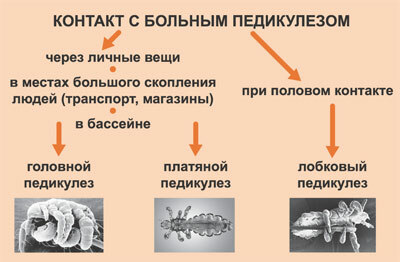
Depending on the affected area, several types of such an ailment are distinguished:
- headache, in which lice develop their activity in the scalp;
- pubic - the insect settles directly in the pubic area of a person, as well as in adjacent genitals and places that have hair follicles;
- clothes - lice take root on the things of a person and cause harm to the whole body.
Head pediculosis
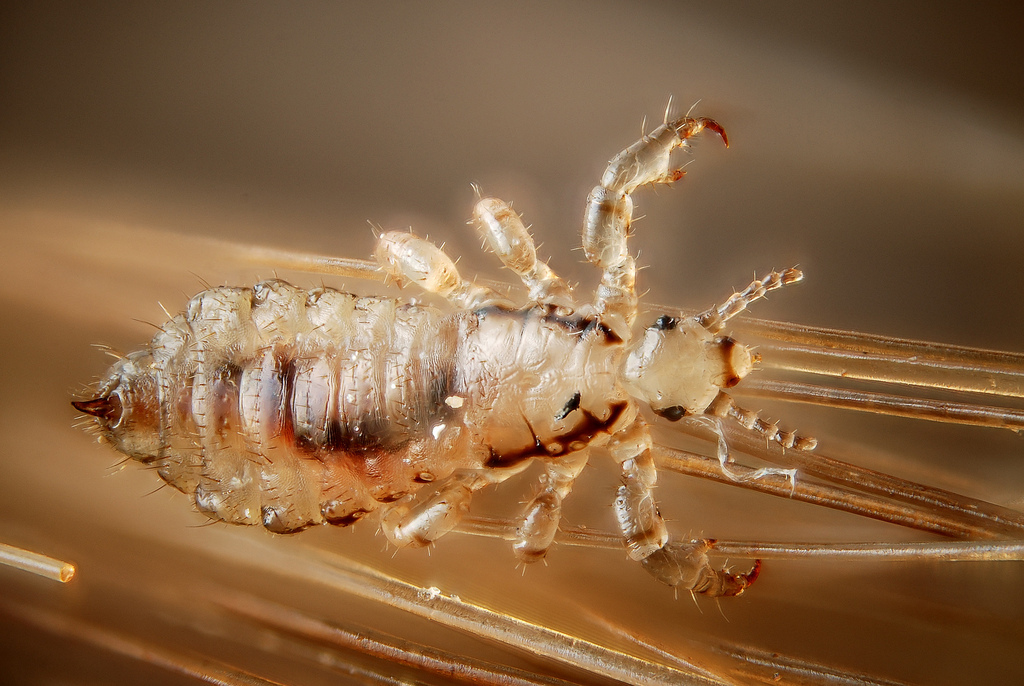
The causative agent of this form of lice - Pediculus humanus capitis, or head louse.The lifetime of a greyish-yellow or almost transparent insect is up to 40 days.Eggs look like small round sacs filled with a transparent liquid.This disguise greatly complicates the detection of the parasite in the first days of infection.Most often, the disease is not detected until the number of lice on the head of a child or adult becomes sufficiently large, and nits do not affect almost all of the hair.
The maturation of the nits takes 8-10 days, after which the hatching of the larva occurs.During the growth period, the larva feeds heavily on human blood and after 10-15 days becomes a mature louse, capable of storing up to 10 eggs per day.
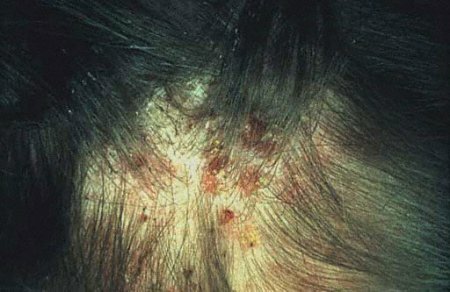
An adult head of head louse has a bright, noticeable pigmentation on the sides.Given the size, catch them and remove them manually, without the use of special drugs, it is very difficult.Most often live head lice in women, because on long hair, insects survive more easily.They can be infected even when using someone else's comb or after trying on a headdress.
Pubic lice
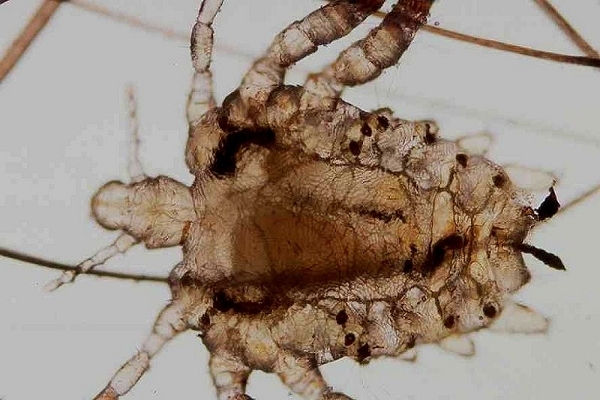
Pubic pediculosis causes another kind of lice - Pediculus pubis, in the common people - carpenter.The appearance of this parasite is similar to the structure of the body of the crab, but only the size of the flat did not come out - the size of the adult is only 1-3 mm.
The nests of pubic lice lay on hairs directly at the skin of the scrotum or pubis.In some cases, the parasite can move from the pubic area to other parts of the body with a slight scalp - on the eyelashes, eyebrows, mustaches or beard, and even - on the armpits.Outside the human body, the insect lives no more than a day, becauseEats only the blood of the host.
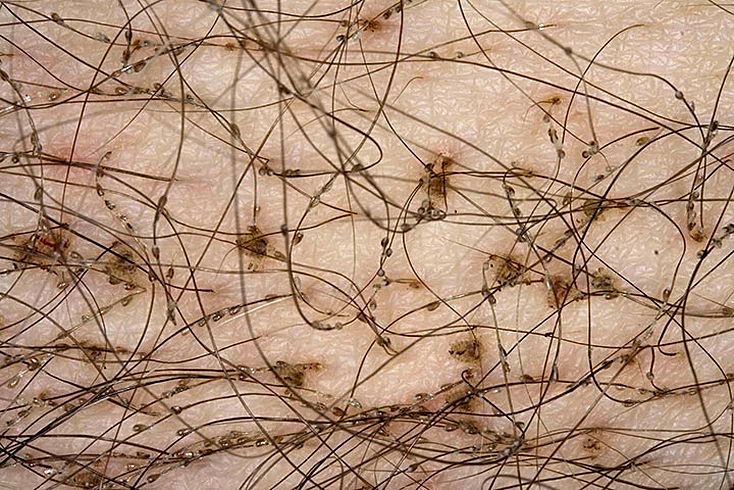 Infection with pubic lice occurs directly during sexual intercourse, but often they are transmitted and when sharing bed and underwear, personal care items - wipes, towels.
Infection with pubic lice occurs directly during sexual intercourse, but often they are transmitted and when sharing bed and underwear, personal care items - wipes, towels.
Louse lice
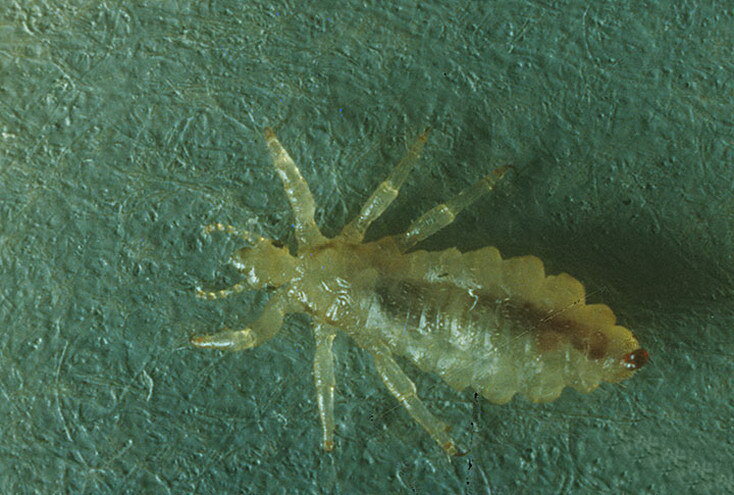 Late pediculosis develops when infected with the parasite Pediculus humanus corporis, called a louse.Her habitual habitat is the folds of the linen or pile of clothes, but for the food the insect moves from the tissues to the human body, therefore the skin lesions are corresponding: the neck, part of the back between the shoulder blades, the waist.
Late pediculosis develops when infected with the parasite Pediculus humanus corporis, called a louse.Her habitual habitat is the folds of the linen or pile of clothes, but for the food the insect moves from the tissues to the human body, therefore the skin lesions are corresponding: the neck, part of the back between the shoulder blades, the waist.
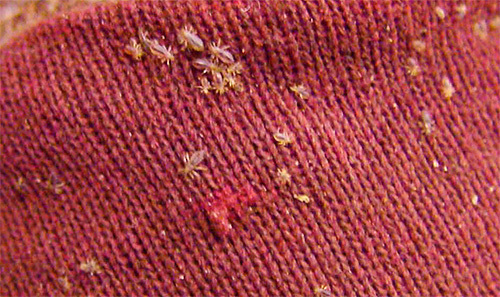 The louse, after sucking the blood from the person, does not remain on the skin, but returns back to the clothes.Most often this form of lice is found in homeless people.
The louse, after sucking the blood from the person, does not remain on the skin, but returns back to the clothes.Most often this form of lice is found in homeless people.
Symptoms of pediculosis
Symptoms of lice can appear not immediately after infection, but after a few days or even weeks.
The main signs of pediculosis include:
-
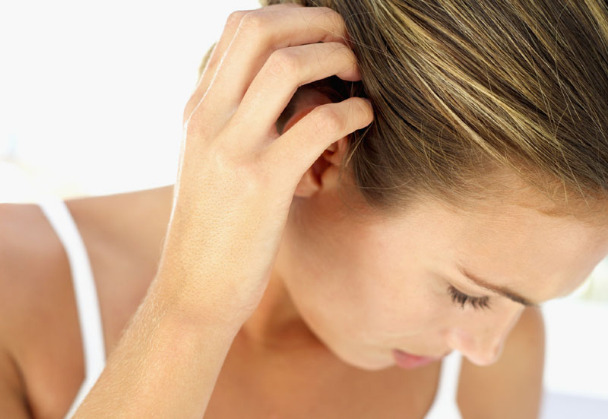 Imminent skin itch directly at the site of the bite.This symptom occurs when any form of pediculosis is infected.In the case of the presence of head lice, itch most often disturbs the temporal and occipital part of the head, and also behind the ears.The degree of discomfort in some infected is rather weak, in contrast to the intensity of pruritus when infected with parasites.In addition, with a kind of pediculosis, such an unpleasant sensation spreads throughout the body and is constantly increasing.Sometimes a persistent strong itch leads to a disturbance in sleep patterns.In pubic lice, the main discomfort is localized in the anus and genital area, itching is insignificant.
Imminent skin itch directly at the site of the bite.This symptom occurs when any form of pediculosis is infected.In the case of the presence of head lice, itch most often disturbs the temporal and occipital part of the head, and also behind the ears.The degree of discomfort in some infected is rather weak, in contrast to the intensity of pruritus when infected with parasites.In addition, with a kind of pediculosis, such an unpleasant sensation spreads throughout the body and is constantly increasing.Sometimes a persistent strong itch leads to a disturbance in sleep patterns.In pubic lice, the main discomfort is localized in the anus and genital area, itching is insignificant. -
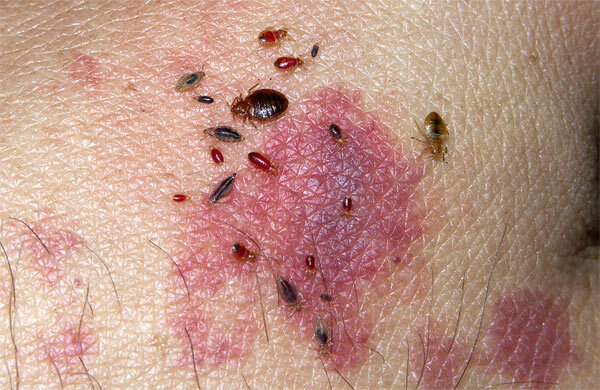 Rash.Such a symptom can be found on your body a short time after infection.The places of bites of parasites turn into bluish-red spots.With head lice, the color of the rash is a red tinge and is noted only on the periphery of that part of the head that is covered with hair.The nature of the rash in parasitizing the louse is a pervasive pigmentation, as a result of which the skin acquires a bright bluish color.Blue spots measuring 0.3 to 1 cm, located in the region of the hips and abdomen, are an indicator of the activity of pubic lice.Such a bright shade is the result of the decomposition of hemoglobin, which falls on the bite of insects from the blood vessel in the tissue.
Rash.Such a symptom can be found on your body a short time after infection.The places of bites of parasites turn into bluish-red spots.With head lice, the color of the rash is a red tinge and is noted only on the periphery of that part of the head that is covered with hair.The nature of the rash in parasitizing the louse is a pervasive pigmentation, as a result of which the skin acquires a bright bluish color.Blue spots measuring 0.3 to 1 cm, located in the region of the hips and abdomen, are an indicator of the activity of pubic lice.Such a bright shade is the result of the decomposition of hemoglobin, which falls on the bite of insects from the blood vessel in the tissue. - Excoriation( calculus) is an indicator of a long period of the course of the disease.As a rule, they occur after intense and prolonged itching.In some cases, the places of bites themselves become infected and suppurations or specific crusts are formed.
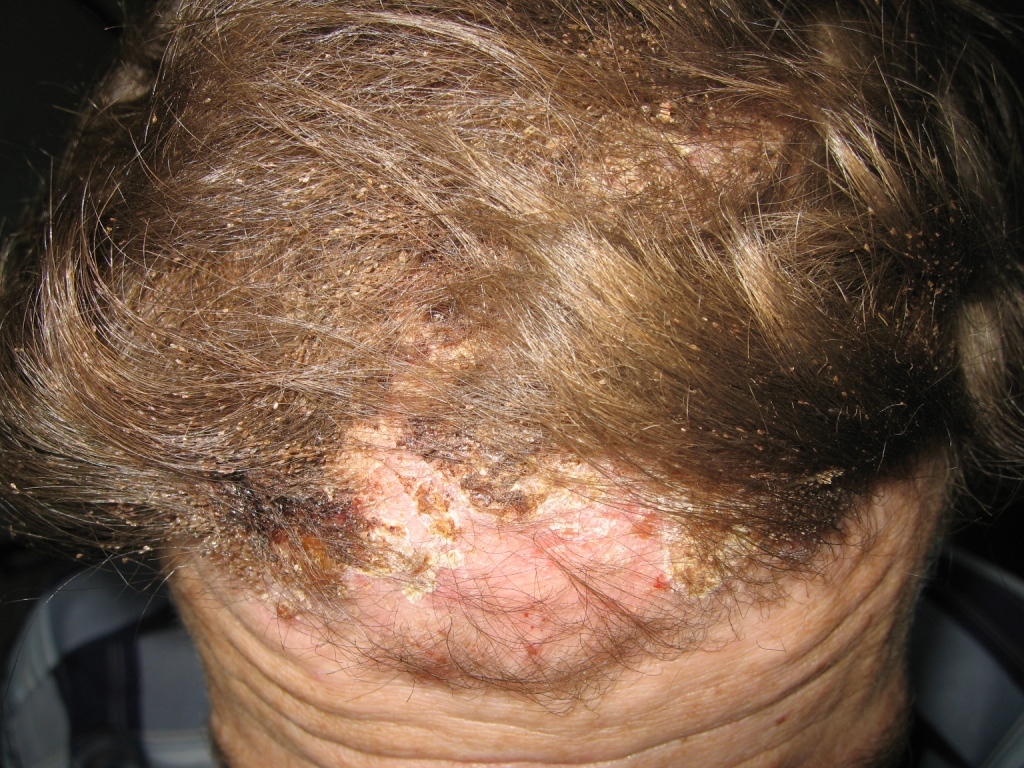
- Presence of eggs( nits) on the hair.This symptom can be noted only when infected with pubic or head lice.Depending on whether the nits are alive or dead, their color and the density of the attached vesicle are different.
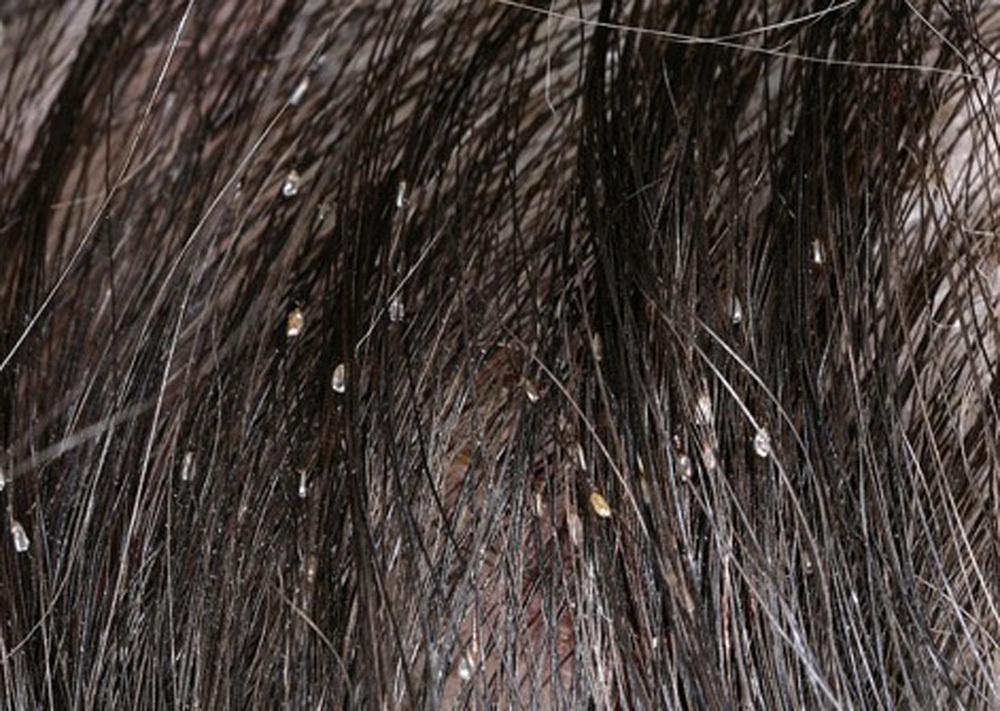
Note: if the nit is dead, then the hue of the egg is more faded and it is not so watery.
Diagnosis of pediculosis
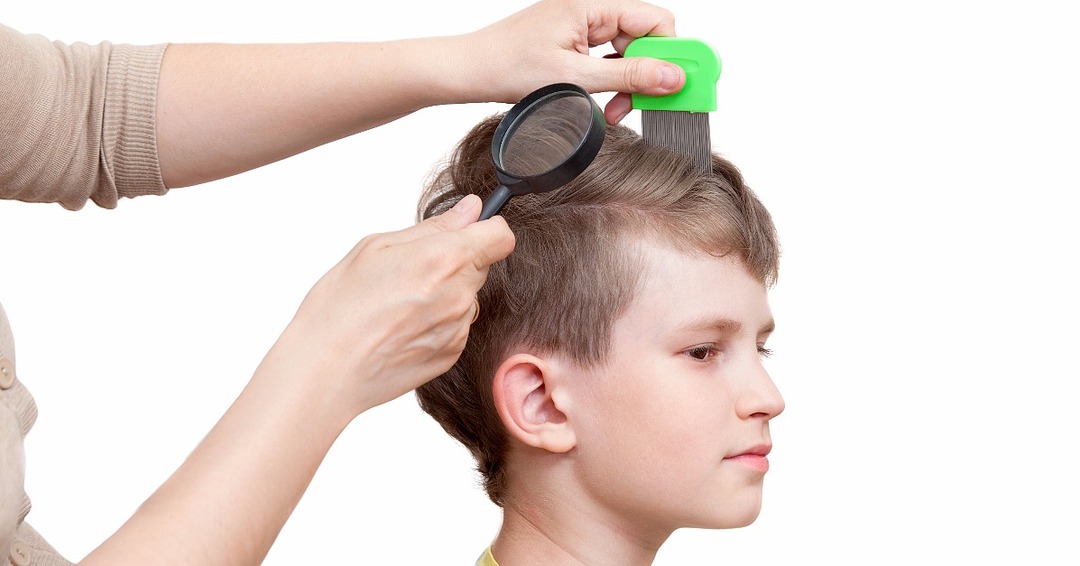
It is possible to diagnose "pediculosis" after detection of the parasites themselves or live nits.If this can not be done without special devices, pediculosis is confirmed( or not confirmed) by the use of a Wood lamp.
Its fluorescent action is manifested as follows:
- live nits and parasites glow white or blue;
- empty eggs( dead nits) - a gray hue.
Possible complications
All the seriousness of the disease lies not only in the presence of a certain discomfort after infection.
If the time does not get rid of parasites and does not eliminate all the consequences, a number of complications may develop, among which one deserves particular attention:
- pyoderma or secondary bacterial infection localized more often on the skin behind the auricles, head, face.A more complicated form of this complication is impetigo with a characteristic purulent-vesicle rash on the skin;
- conjunctivitis;
- lymphadenitis;
- general sepsis of the skin;
- blepharitis;
- typhus, because lice are carriers of this disease.
How to get rid of lice with the help of medicines
Treatment of lice should be complex - involving not only the removal of the parasites themselves, but also their eggs.The scheme of therapy will differ depending on the form of the disease.
One of the most effective means of lice and nits is MediFox.He is treated with a scalp, pre-mixing the concentrated solution with water in a proportion of 2 ml / 30 ml.The prepared mixture is treated with hair using a cotton swab.After completion of the procedure, the head is shampooed and carefully combed through the head with a comb with frequent prongs.
Note: is equally important in the treatment of lice - remove every nit.To this procedure does not become very laborious and tedious, beforehand on the hair can be applied fish oil, hair balm or ordinary vegetable oil.
In addition to the above-mentioned preparation, lice and nits such as:
- Nittifor;
- Nicks;
- Lauri;
- Veda-2;
- Butadione;
- Paraplus;
After the procedure is completed using shampoo from lice, the hair is rinsed and carefully combed head with a comb with frequent prongs.
Important: dichlorvos and dust soap by modern physicians are not recommended, as these agents are excessively toxic and can further harm a patient's health.
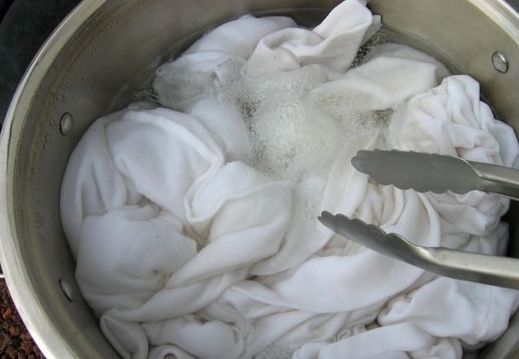 It should be noted that when using any of the special solutions for removing lice, it is necessary to adhere to the specified rules in the instruction.All these products are very toxic, so after the treatment with the composition of hair, you should wash your hands thoroughly.It will not be superfluous to boil all the linen, including bedding of the patient, and preventive examination of the remaining members of the family or team for infection.
It should be noted that when using any of the special solutions for removing lice, it is necessary to adhere to the specified rules in the instruction.All these products are very toxic, so after the treatment with the composition of hair, you should wash your hands thoroughly.It will not be superfluous to boil all the linen, including bedding of the patient, and preventive examination of the remaining members of the family or team for infection.
How to get rid of lice at home with folk remedies
In addition to the standard medicines for lice and nits, you can try to cure pediculosis and proven folk remedies.
The most popular are:
- mixture of kerosene with water;
- tar soap;
- various essential oils, such as lavender or tea tree.
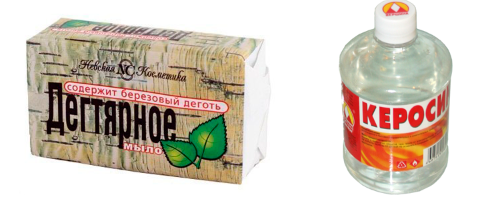
How to get lice from a child
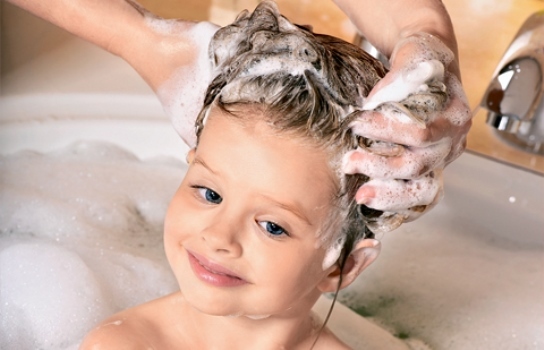 These days it is the children that are most susceptible to infection with these parasites, and it is not surprising that how to get rid of lice in a child at home is a matter of interest to many and many parents.
These days it is the children that are most susceptible to infection with these parasites, and it is not surprising that how to get rid of lice in a child at home is a matter of interest to many and many parents.
First of all, the sick child should be isolated from the rest of the team.Necessarily throughout the course of therapy, he must wear a hat, suitable for the season.At treatment of a pediculosis at the child choose more sparing and less toxic antiparasitic preparations.However, even children's shampoos from lice are applied to the affected areas extremely accurately, which helps to avoid getting into the eyes, mouth or ears.In addition to the above preparations, can be used:
- Paranix,
- NOC,
- Parasidosis,
- Chigia, etc.
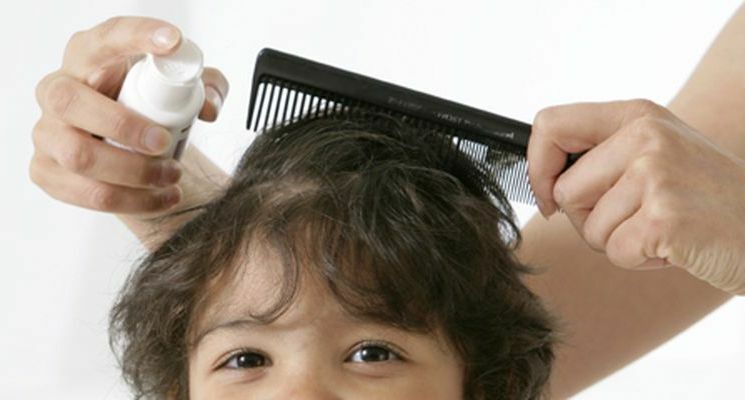
If after the application of the medicine the child feels ill, the mixture must be washed off immediatelyAnd call a doctor.After the end of treatment for lice, the headdress should be boiled.
How to get pubic lice at home
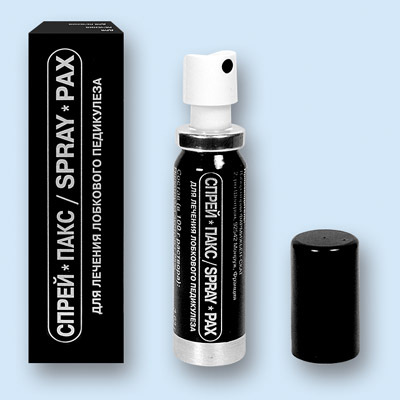 To get rid of lice in the pubic area, not only the use of suitable medications will be required, but also the complete removal of the hair cover at the breeding grounds of parasites.
To get rid of lice in the pubic area, not only the use of suitable medications will be required, but also the complete removal of the hair cover at the breeding grounds of parasites.
An effective remedy for this form of lice - Spray Pax, containing pyrethrins of natural origin.The method of its application is spraying onto the peritoneal part of the perineum, after which it must be washed off with soapy water no later than 30 minutes.
How to treat pediatric lice
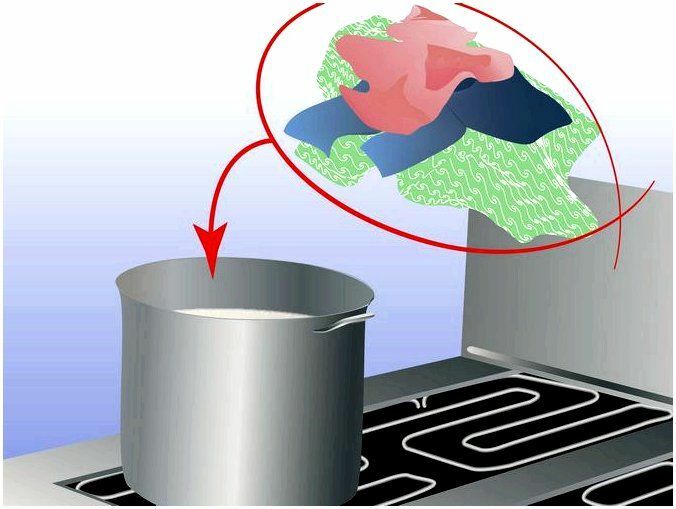 If a pediculosis is identified, then first of all it is necessary to boil thoroughly all things, including underwear.It is important to note that it is necessary to subject things to this kind of treatment, since with ordinary washing it is unlikely to be able to get rid of the dressing variety of the parasite.
If a pediculosis is identified, then first of all it is necessary to boil thoroughly all things, including underwear.It is important to note that it is necessary to subject things to this kind of treatment, since with ordinary washing it is unlikely to be able to get rid of the dressing variety of the parasite.
Another method is disinfection in the steam-coaline chamber.For greater efficiency, it is also possible to treat all clothing before boiling with special preparations, especially creases of laundry.
Measures for prevention of pediculosis
The first rule of preventing the appearance of parasites is a high culture of personal hygiene.Obligatory conditions are regular change of clothes and linen - at least 2 times a week.Washing things should be done at high temperature, avoid using other people's bedding and other personal items.When caring for children's clothes, do not ignore the ironing process, paying special attention to the folds and stitches.
If you have a long time in the team - kindergarten, hostel, etc., then all of the above measures should be followed with increased attention.In such institutions, the responsible persons - doctors and educators attached to the institution - carry out control over the level of hygiene.
For more information on symptoms, methods of prevention and treatment of pediculosis, you will receive this video review:
Tsygankova Yana, medical reviewer, therapeutist of the highest qualification category.

